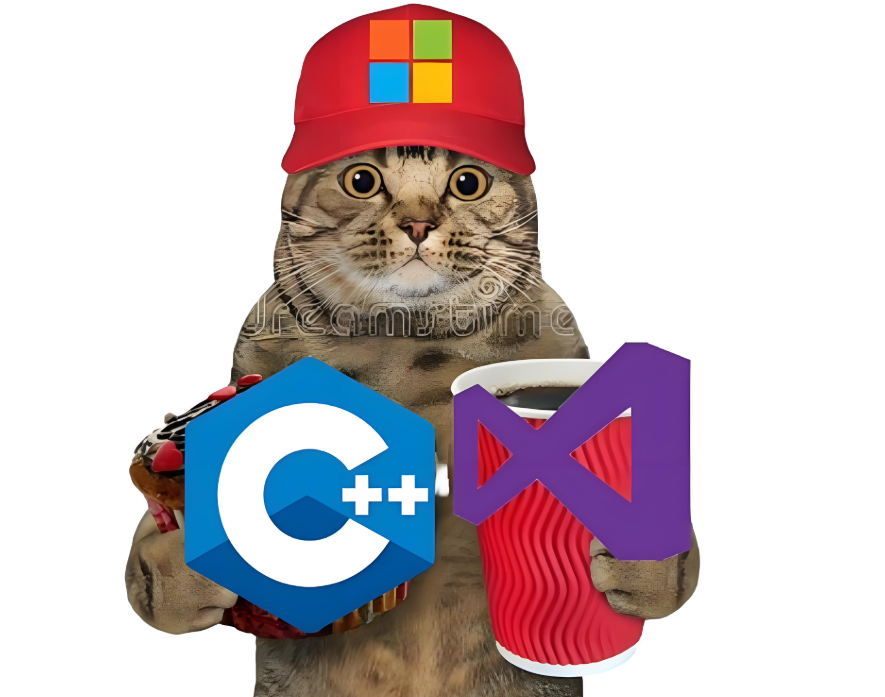
Hello everyone! Today, I will guide you through implementing a very useful data validation dropdown menu feature in Excel using C++. Just like in Excel, where you can set cells to only allow selection from predefined values, we can achieve this interactive method in our own programs. This example not only enhances user experience but also serves as a great opportunity to learn console interface programming!
1. Characteristics of Excel Data Validation Dropdown Menus
Excel’s data validation dropdown menus have three main characteristics:
- Input Limitation: Only allows selection from predefined options
- Dynamic Display: Dropdown list appears upon clicking
- Visual Feedback: Selected value is automatically filled into the cell
To implement this functionality in C++, we need:
- Option Management: To store the list of selectable options
- Interaction Control: To handle keyboard and mouse input
- Interface Rendering: To draw the dropdown menu in the console
2. Basic Data Structure Design
1. Data Validation Rule Class
#include <vector>
#include <string>
class DataValidation {
private:
std::vector<std::string> options; // List of selectable options
std::string currentValue; // Currently selected value
bool isActive = false; // Whether the dropdown is active
public:
DataValidation(const std::vector<std::string>& opts)
: options(opts) {
if(!options.empty()) {
currentValue = options[0];
}
}
const std::vector<std::string>& getOptions() const { return options; }
const std::string& getCurrentValue() const { return currentValue; }
bool getIsActive() const { return isActive; }
void toggleActive() { isActive = !isActive; }
bool setCurrentValue(const std::string& value) {
// Ensure the new value is in the options list
if(std::find(options.begin(), options.end(), value) != options.end()) {
currentValue = value;
return true;
}
return false;
}
};
2. Cell Class
class CellWithValidation {
private:
std::string value;
std::shared_ptr<DataValidation> validationRule;
public:
void setValidationRule(std::shared_ptr<DataValidation> rule) {
validationRule = rule;
if(rule) {
value = rule->getCurrentValue();
}
}
const std::string& getValue() const { return value; }
bool setValue(const std::string& newValue) {
if(validationRule) {
return validationRule->setCurrentValue(newValue);
} else {
value = newValue;
return true;
}
}
bool hasValidation() const { return validationRule != nullptr; }
std::shared_ptr<DataValidation> getValidationRule() const { return validationRule; }
};
Tip:
- Use
<span>shared_ptr</span>to share validation rules - Ensure cell values are always valid
- Extend support for different types of validation
3. Console Interface Implementation
1. Drawing Cells and Dropdown Menus
#include <iostream>
#include <conio.h>
void drawCell(const CellWithValidation& cell, bool isSelected) {
if(isSelected) {
std::cout << "\033[44m"; // Blue background
}
std::cout << " " << cell.getValue() << " ";
if(cell.hasValidation()) {
std::cout << "▼"; // Dropdown arrow
}
if(isSelected) {
std::cout << "\033[0m"; // Reset color
}
}
void drawDropdown(const DataValidation& validation, int maxHeight = 5) {
if(!validation.getIsActive()) return;
const auto& options = validation.getOptions();
int showCount = std::min(static_cast<int>(options.size()), maxHeight);
std::cout << "\n┌────────────┐\n";
for(int i = 0; i < showCount; ++i) {
std::cout << "│ " << options[i] << std::string(10 - options[i].length(), ' ') << "│\n";
}
std::cout << "└────────────┘\n";
}
2. Handling User Input
void handleInput(CellWithValidation& cell) {
if(!cell.hasValidation()) return;
auto validation = cell.getValidationRule();
int selectedIndex = 0;
const auto& options = validation->getOptions();
if(validation->getIsActive()) {
// Handling in dropdown menu active state
char input = _getch();
switch(input) {
case 72: // Up arrow
selectedIndex = (selectedIndex - 1 + options.size()) % options.size();
break;
case 80: // Down arrow
selectedIndex = (selectedIndex + 1) % options.size();
break;
case 13: // Enter
cell.setValue(options[selectedIndex]);
validation->toggleActive();
break;
case 27: // ESC
validation->toggleActive();
break;
}
} else {
// Handling in normal state
char input = _getch();
if(input == 13) { // Enter
validation->toggleActive();
}
}
}
4. Complete Example Program
int main() {
// Create data validation rules
std::vector<std::string> departments = {"Sales Department", "Technical Department", "Marketing Department", "HR Department"};
auto deptValidation = std::make_shared<DataValidation>(departments);
// Create cell and set validation rule
CellWithValidation cell;
cell.setValidationRule(deptValidation);
bool running = true;
while(running) {
system("cls"); // Clear screen
// Draw interface
std::cout << "Please select a department (press Enter to select):\n\n";
drawCell(cell, true);
drawDropdown(*deptValidation);
// Handle input
handleInput(cell);
}
return 0;
}
5. Advanced Feature Extensions
1. Multi-level Linked Dropdown Menus
class LinkedValidation {
private:
// Main options -> Sub-options mapping
std::unordered_map<std::string, std::shared_ptr<DataValidation>> linkedOptions;
std::shared_ptr<DataValidation> mainValidation;
public:
void setMainOptions(const std::vector<std::string>& options) {
mainValidation = std::make_shared<DataValidation>(options);
}
void addLinkedOptions(const std::string& mainOption,
const std::vector<std::string>& subOptions) {
linkedOptions[mainOption] = std::make_shared<DataValidation>(subOptions);
}
std::shared_ptr<DataValidation> getSubValidation(const std::string& mainValue) {
return linkedOptions.at(mainValue);
}
};
2. Dynamic Option Loading
void loadOptionsFromFile(DataValidation& validation, const std::string& filename) {
std::ifstream file(filename);
std::vector<std::string> options;
std::string line;
while(std::getline(file, line)) {
options.push_back(line);
}
validation = DataValidation(options);
}
3. Dropdown Menu with Search Functionality
void filterOptions(DataValidation& validation, const std::string& filter) {
auto allOptions = validation.getOptions();
std::vector<std::string> filtered;
for(const auto& opt : allOptions) {
if(opt.find(filter) != std::string::npos) {
filtered.push_back(opt);
}
}
validation = DataValidation(filtered);
}
6. Considerations
-
Cross-platform Considerations:
<span>conio.h</span>is Windows-specific; use the ncurses library on Linux- Terminal color codes may behave differently on different terminals
Performance Optimization:
// Consider paginated display for a large number of options
int pageSize = 10;
int currentPage = 0;
void showPage(const std::vector<std::string>& options) {
int start = currentPage * pageSize;
int end = std::min(start + pageSize, static_cast<int>(options.size()));
// Display options for the current page...
}
User Experience:
- Add option highlighting effects
- Support mouse click selection
- Add input filtering functionality
7. Hands-on Practice
Try these interesting exercises:
- Implement a multi-level linked department-position selection menu
- Add support for mouse clicks
- Implement search filtering functionality for the dropdown menu
- Create options that display icons + text
Conclusion
Today we learned:
- The core implementation principles of data validation dropdown menus
- Techniques for handling interactions in console interfaces
- Implementation of multi-level linking and dynamic loading of options
- Various methods for optimizing user experience
Data validation is an important means of improving data entry quality, and mastering this technique can make your programs more professional. It is recommended to start with simple single-level menus and gradually implement more complex features.